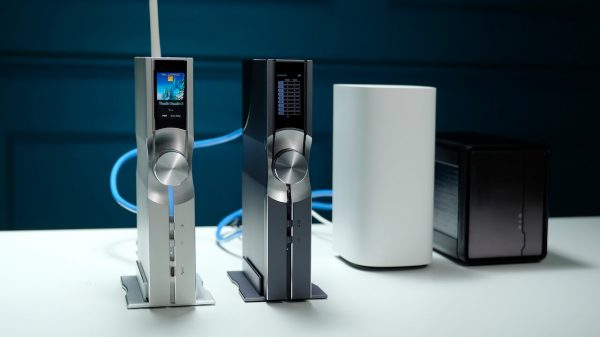Price Comparison, Product Variety Drive Consumers Online for Consumer Electronics
Over 14 percent of the nearly $160 billion spent on consumer electronics (CE) over the previous 12 months was spent online, up from 5 percent in 2005, according to a study released today by the Consumer Electronics Association (CEA). According to The State of CE Retail, CE products follow only books and clothing as the items most frequently purchased online. Desktop PCs, wireless phones and digital cameras emerged as the most popular CE products for online shoppers. The study also reveals that consumers are pleased with their online and in-store experiences.
“It’s terrific to see high satisfaction with both the in-store and online shopping experiences, especially as we move into the busy holiday shopping season,” said Tim Herbert, CEA’s senior director of market research. CEA has estimated that consumers will spend a record-breaking $22 billion on consumer electronics gifts this holiday season.
A vast majority of consumers gave both the online (89 percent) and in-store (80 percent) experiences ratings of good or excellent, marking an increase for the web and consistent ratings for store-fronts. In particular, the brick-and-mortars demonstrated strong improvements in product information, wait times while in line and salesperson knowledge. Survey results show that selection and convenience are seen as primary benefits of purchasing consumer electronics online.
“For savvy consumers, shopping online offers a wider variety of products and the ability to quickly compare prices,” said Herbert. “As a result, online shoppers have an opportunity to make a more informed purchasing decision.”
The growth of online purchasing also creates opportunities for traditional CE retailers. The study reveals that brick and mortar retailers are the most commonly visited sites by online CE shoppers. In addition, more consumers go online to research and compare prices and then buy in the store (47 percent) than vice versa (17 percent). A growing number of consumers (11 percent) are even going online and then picking the item up in the store, creating additional selling opportunities in the process.
“Consumers see the online and in-store experiences as complementary,” said Herbert. “While the Internet provides information to evaluate the options and easily complete a transaction, physical stores are an important part of the equation, allowing buyers to see the product first hand and take it home immediately.”
The State of CE Retail (November 2007) was fielded in August, 2007. It was designed and formulated by CEA Market Research, the most comprehensive source of sales data, forecasts, consumer research and historical trends for the consumer electronics industry. Please cite any information to the Consumer Electronics Association (CEA). The complete study is available free to CEA member companies. Non-members may purchase the study for $599 at http://www.ebrain.org.
About CEA:
The Consumer Electronics Association (CEA) is the preeminent trade association promoting growth in the $148 billion U.S. consumer electronics industry. More than 2,200 companies enjoy the benefits of CEA membership, including legislative advocacy, market research, technical training and education, industry promotion and the fostering of business and strategic relationships. CEA also sponsors and manages the International CES – Where Entertainment, Technology and Business Converge. All profits from CES are reinvested into CEA’s industry services. Find CEA online at http://www.CE.org























